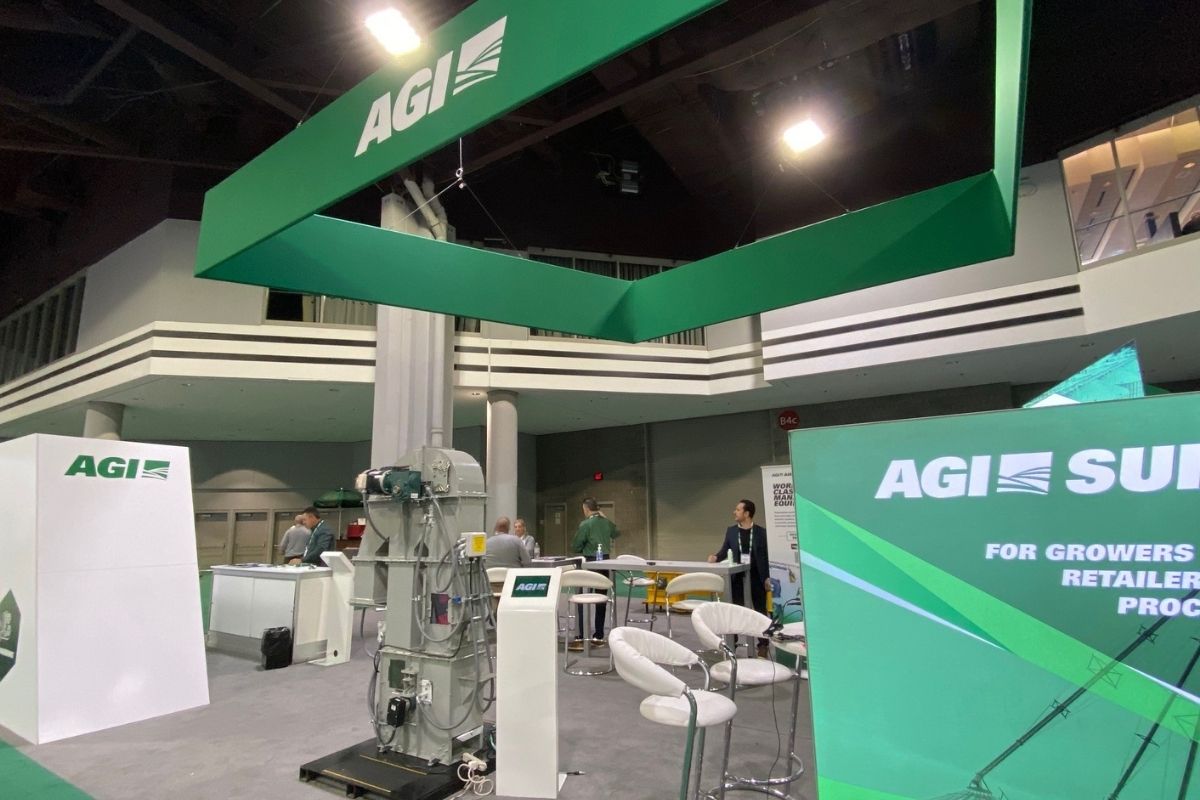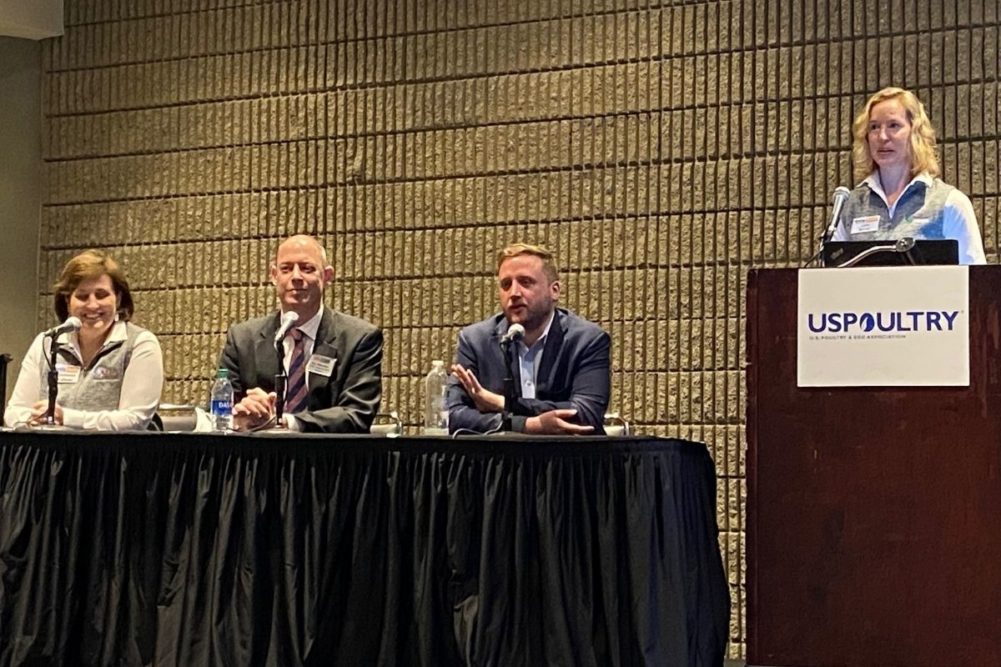ATLANTA, GEORGIA, US — With an increased focus on sustainability in agriculture, the American Feed Industry Association (AFIA) is continuing its development of tools to help the feed industry understand and share its sustainability efforts.
“Our goal within the feed space is to be able to leverage each other’s expertise, efforts and resources to really be able to make an impact when it comes to sustainability,” said Constance Cullman, president and chief executive officer of the AFIA, during the International Production and Processing Expo (IPPE) in Atlanta, Georgia, US. The event continues until Jan. 27. “We also want to be very coordinated in how we talk about sustainability because we have one hell of a good story already. That doesn’t mean we don’t have room for improvement.”
There is increased attention on feed and feed production in terms of sustainability from multiple groups, Cullman said.
“More and more organizations would love to focus on feed because feed touches every one of the protein groups,” she said, adding that feed is a significant percentage of protein’s environmental footprint. “There’s a lot more focus on food and agriculture, a lot more specific focus on feed. Going forward, it’s not slowing down.”
To help address sustainability concerns, the AFIA is working with IFEEDER on developing a sustainability roadmap. One of the goals is to develop some real tools that can be given to AFIA’s membership to advance their sustainability journey, Cullman said.
“We’re also launching efforts to create linkages across the food chain,” she said. “Because we are at that nexus, we have the ability to reach up and down the food chain.
“We want to create that linkage so we’re talking in a common language and we’re talking about common ways of measuring things. We are a food system so we need to start talking like we are in a food system.”
The AFIA also is working with the Global Feed LCA Institute (GFLI) on creation of a publicly available Animal Nutrition Life Cycle Analysis (LCA) database.
“The mission is to have a database that is recognized as a global reference for feed LCA data,” Cullman said. “We’re trying to make sure we’ve got the best database out there that can be consistently used across the industry so we can know that we are actually comparing apples to apples.”
The database is feed specific, free to use on an aggregated basis, and it is based on a methodology that was developed by the Food and Agriculture Organization (FAO). It looks at 16 different impact categories and is updated and reassessed annually with quarterly updates of new data sets.
The information can be used to see where a company is having specific challenges, determine strengths and weaknesses, look at different scenarios in feed formulation and more.
“It’s designed to help improve the internal processes of a company so it has a better handle on how it compares to the overall database,” Cullman said.
New data is being added about Brazilian soybeans, rendering products, former foodstuffs, marine ingredients and feed additives.
“We all have aspirations, we set goals and we know we can be an industry that can be a solution provider,” Cullman said. “I see the database as the prove it. This is our ability to prove that and give us the metrics that we need to demonstrate this is what we can and will be doing.”
 AGI booth at IPPE 2022 in Atlanta, Georgia, US. Credit: Susan Reidy/World Grain.
AGI booth at IPPE 2022 in Atlanta, Georgia, US. Credit: Susan Reidy/World Grain.On the Expo floor, feed equipment and service providers were showcasing their innovations, including tools to help customers improve sustainability of their operations. AGI, based in Winnipeg, Manitoba, Canada, highlighted its SureTrack PRO 2.0, a digital platform that can aggregate a number of processes from a feed facility, grain elevator and more.
“AGI is very much getting involved in sustainable ag,” said Bob Reis, general manager at AGI. “This platform will help farmers and processors to manage their facility. We’re bringing a number of facets into a common platform.”
From one computer screen, it is possible to monitor each grain bin, including what’s being stored, how much is stored and the condition. Customers can click on an individual bin for a 3D image and information on temperature, moisture and CO2. Hazard monitoring is also a part of the platform as well as driers.
“We’re helping customers store and carry grain for longer periods of time and keep it in condition,” Reis said. “And all that information is shot up into the Cloud.”
SureTrack PRO can easily be retrofitted into an existing facility, either using new cables or tapping into existing cables, Reis said.
“We do retrofits all the time,” he said. “Part of our pitch is that you don’t have to scrap everything. We’d love to sell brand new, but we have a compelling story if a customer can keep some of their infrastructure and actually ‘talk’ to it.”






